Published:
95
Set during the weekend of Finland’s 1995 Ice Hockey World Championship victory, 95 tells interwoven stories that explore why Finland became world champions and how it impacted the entire nation.

Published:
Set during the weekend of Finland’s 1995 Ice Hockey World Championship victory, 95 tells interwoven stories that explore why Finland became world champions and how it impacted the entire nation.

Published:
An inspiring true story of three relentless African-American female geniuses who made groundbreaking contributions to NASA. Katherine Johnson, Dorothy Vaughan, and Mary Jackson were the brilliant minds behind a pivotal mission that sent astronaut John Glenn into orbit for the first time. This transformative achievement not only restored national confidence but also established the United States as a formidable competitor in the space race alongside the Soviet Union.
These human “computers” broke barriers of gender and race during a time of significant social inequality, paving the way for future generations to dream big and challenge societal norms.
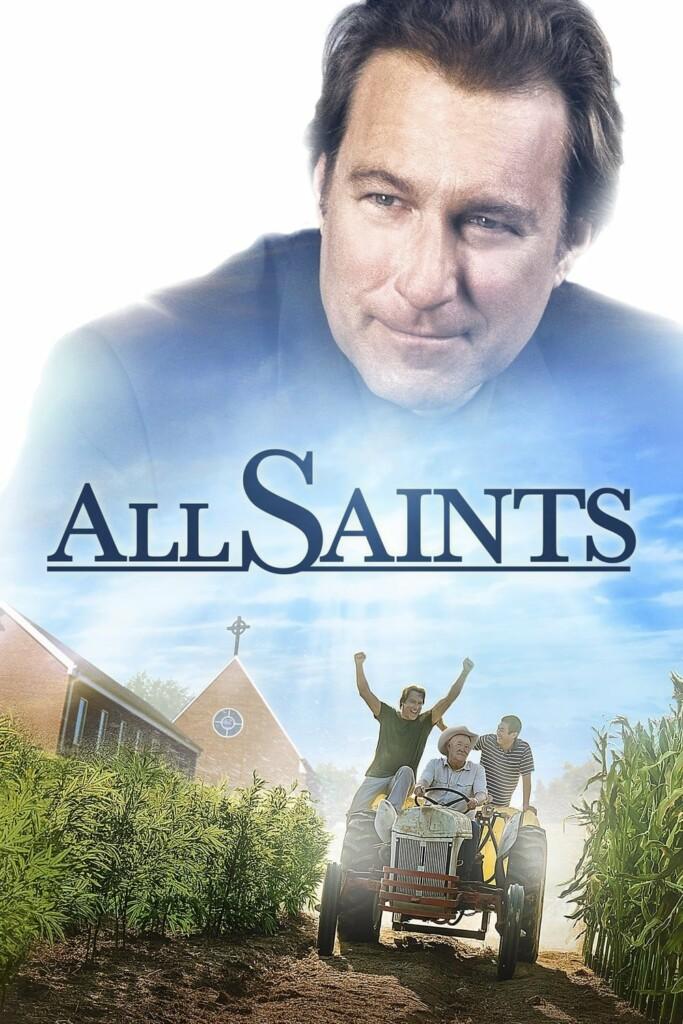
Published:
A movie based on an inspiring true story about salesman Michael Spurlock, who changed careers and became a pastor. When he is assigned to close his small church, where he shelters refugees from Southeast Asia, they come together and put everything on the line to create a better future.

Published:
Back to Black tells the story of Amy Winehouse’s journey to stardom before her untimely death at 27. It follows the young woman behind the phenomenon and the turbulent relationship, heavily scrutinized by the tabloids, that gave birth to her iconic songs. Amy Winehouse poured everything into her lyrics—her love, her sorrow, and her soul
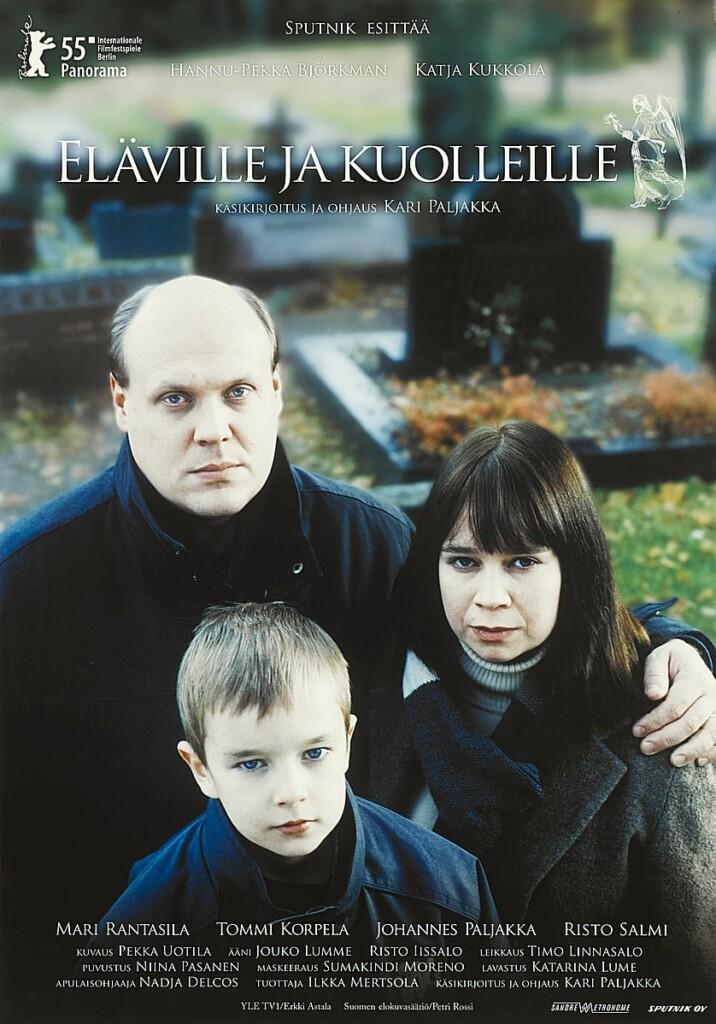
Published:
The family’s younger son has died in an accident in the yard of their home. Those left behind try to find a way forward amidst their grief. While the mother mourns inconsolably, it falls to the father to take care of the family’s daily routines. The surviving son feels that he has lost not only his little brother but also his parents. The lack of understanding from those around them makes the family’s situation more difficult, and alongside the heavy loss, earlier, unresolved, and unspoken griefs begin to surface.
The film begins the day after the accident and quietly and compassionately follows an ordinary Finnish family’s recovery during the first year of mourning. Gradually, the loss transforms the family’s seemingly unchanged daily life. Themes such as grief and the inability to grieve, the different ways and timing in which men, women, and children mourn, and the surrounding community’s need to forget and carry on “as if nothing had happened” are some of the key elements in this fundamentally hopeful film.
The film is based on a true series of events that took place in 1986 in Pietarsaari, and the screenplay was written in close collaboration with the family who lost their child.
Director:
Kari Paljakka
Starring:
Hannu-Pekka Björkman
Katja Küttner
Johannes Paljakka
Risto Salmi
Hannu-Pekka Björkman won the Jussi Award for Best Actor.
Available on DVD.

Published:
Everyone is familiar with the characters from the Niskavuori plays, but the tempestuous life story of the playwright Hella Wuolijoki is less well known. She negotiated peace during the Winter War, was sentenced to life imprisonment for treason during the Continuation War, but was pardoned after the signing of the Armistice. The very next year, following her release, she became the director of the Finnish Broadcasting Company and later entered Parliament. Screenwriter Outi Nyytäjä and director Juha Wuolijoki’s joint exploration of Hella Wuolijoki’s past brings the story of the famous playwright, politician, and businesswoman to a wider audience.
Director:
Juha Wuolijoki
Starring:
Tiina Weckström
Hannu-Pekka Björkman
Matleena Kuusniemi
The film won the 2012 Jussi Awards for Best Set Design and Best Costume Design.
Note: No longer available in DVD or Blu-ray distribution.
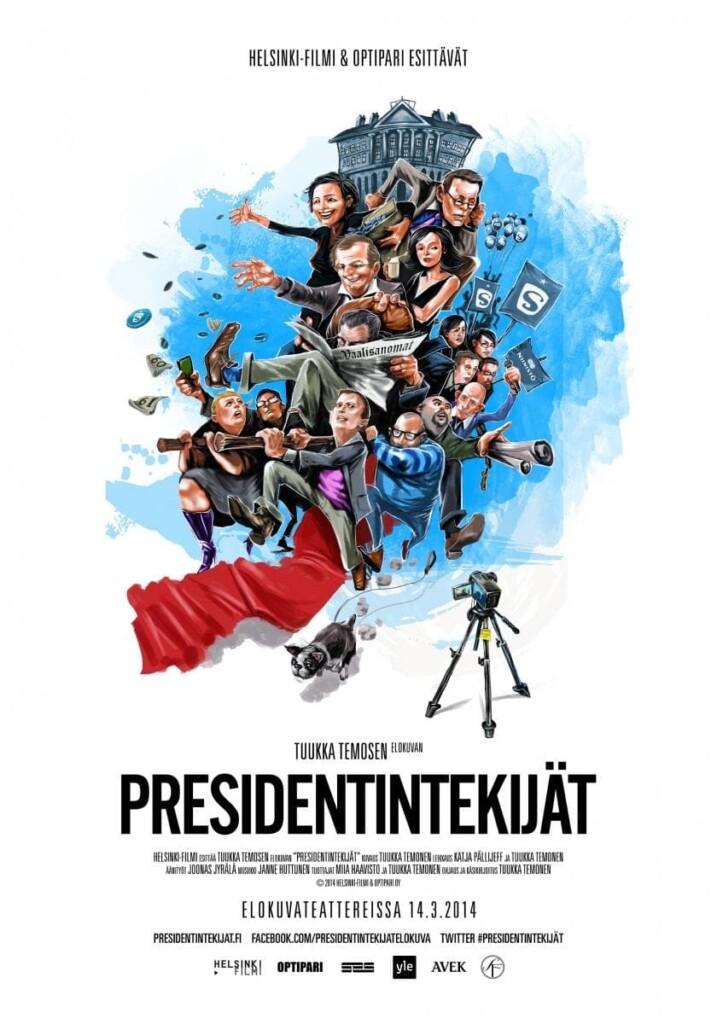
Published:
Presidentintekijät (The President Makers) is a film about Sauli Niinistö’s presidential campaign. It portrays the core of the campaign team and its operations throughout the campaign until Niinistö is elected as the President of the Republic.
The team works under immense pressure. Decisions must be made constantly. Success is immediately measured in the media and polls. The task is not made easier by the fact that the candidate himself does not participate in the team’s activities or even really support it.
The film progresses from the first campaign team meeting towards the second round of the election. The team’s discussions are surprisingly open and bold. The language they use is direct and unvarnished. Director Tuukka Temonen’s access to the heart of the campaign is unique. Presidentintekijät is a film about politics at its rawest. When time is short, communication is direct. And sometimes, you just have to laugh.
The film depicts the work centered around the Secretary-General of the National Coalition Party, Taru Tujunen, Marketing Director Kirsi Piha, Niinistö’s Special Assistant Mikko Kortelainen, Fundraising Director Hjallis Harkimo, Political Advisor Jussi Kekkonen, and Jenni Haukio, who was responsible for marketing and communications at the beginning of the campaign.
Director:
Tuukka Temonen
Starring:
Sauli Niinistö
Pekka Haavisto
Jenni Haukio
Taru Tujunen
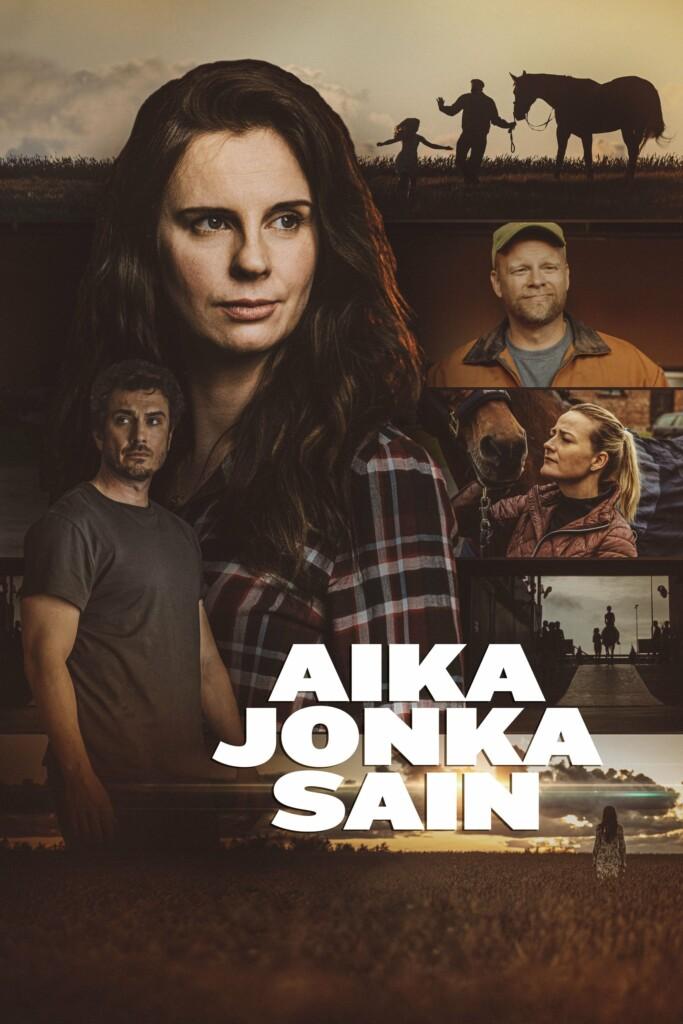
Published:
The movie tells an incredible survival story of a Finnish woman based on true events. Jaana is a restaurateur and mother of two, who spends her free time riding horses. Jaana’s life changes drastically when she becomes paralyzed in a loading accident but manages to get back in the saddle and represent Finland in the Paralympics.
The film won the Audience’s Favorite Movie award at the Jussi Gala in 2021. It was directed by Tuukka Temonen, who also co-wrote the script with Olga Temonen.
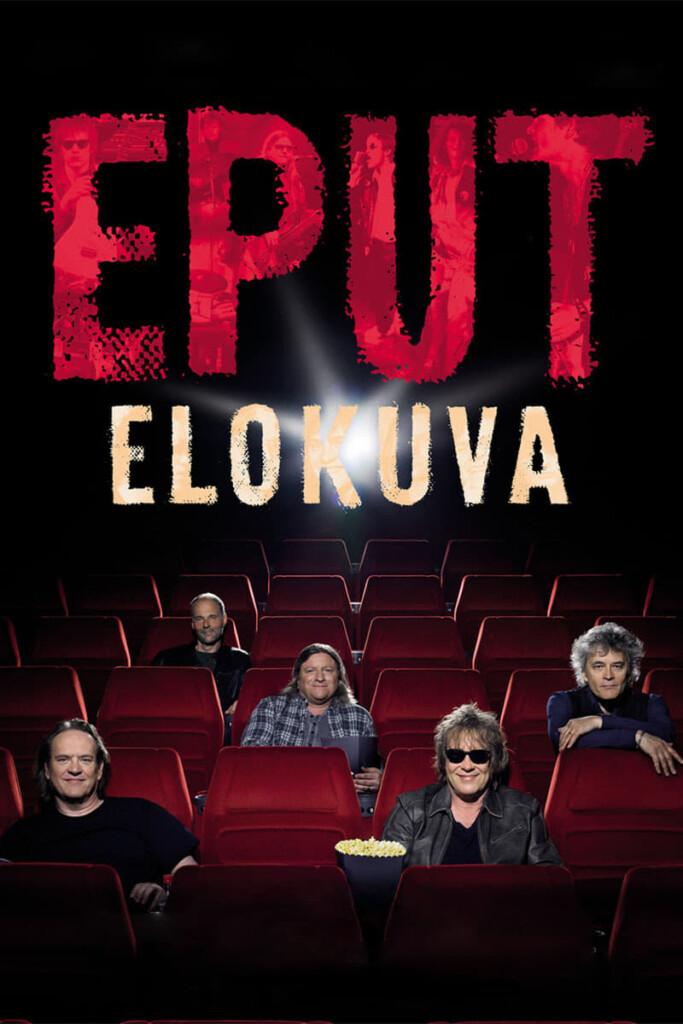
Published:
EPUT is a film about a giant of Finnish rock, whose music everyone knows, but the stories behind the songs are known by few. The film takes the viewer through the band’s history, starting from their childhood years. Through the film, Eput take the audience to places where cameras have never been allowed before and openly share their history, including its difficult subjects. EPUT is not just a fan film about the band. It is also a touching depiction of brotherhood, as two very different brothers try to fit into the same band. Above all, it is a portrayal of a passionate desire to play, the fierce drive to make music that, in the beginning, overcame even their playing skills.
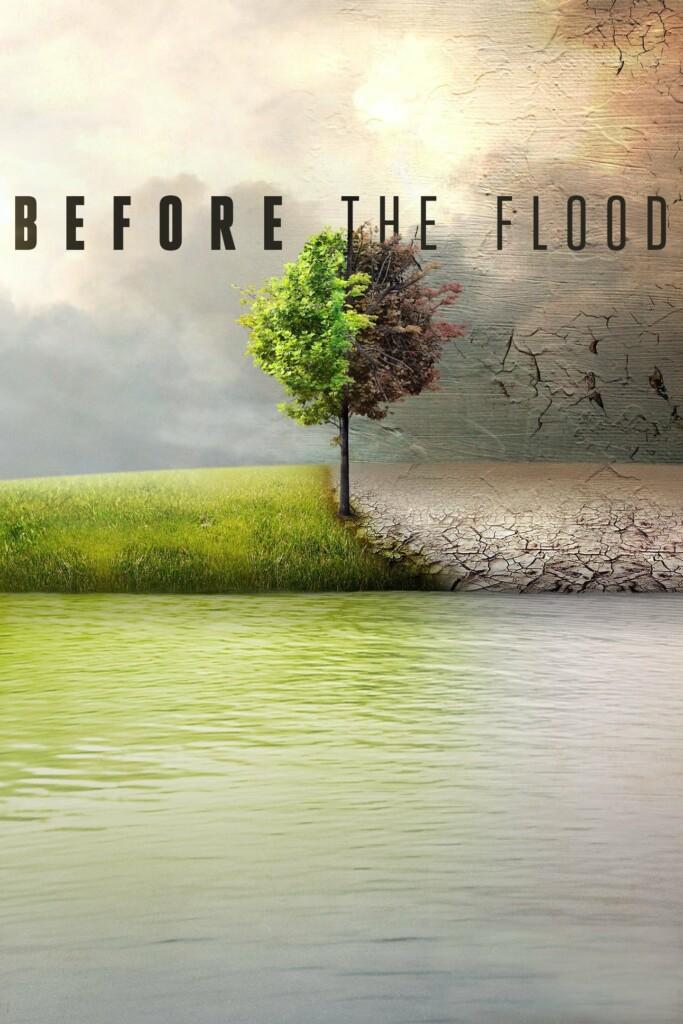
Published:
The documentary film follows actor Leonardo DiCaprio on his journey around the world to explore the impacts of climate change and how to combat it. The documentary is directed by Fisher Stevens, and DiCaprio serves as its narrator and guide.
In the film, DiCaprio meets scientists, activists, politicians, and local residents from various parts of the world who share their views and experiences on climate change. He visits melting glaciers, suffering rainforests, and islands threatened by rising sea levels. The documentary also addresses the use of fossil fuels, the potential of renewable energy, and the importance of political decisions in combating climate change.
Julkaistu: